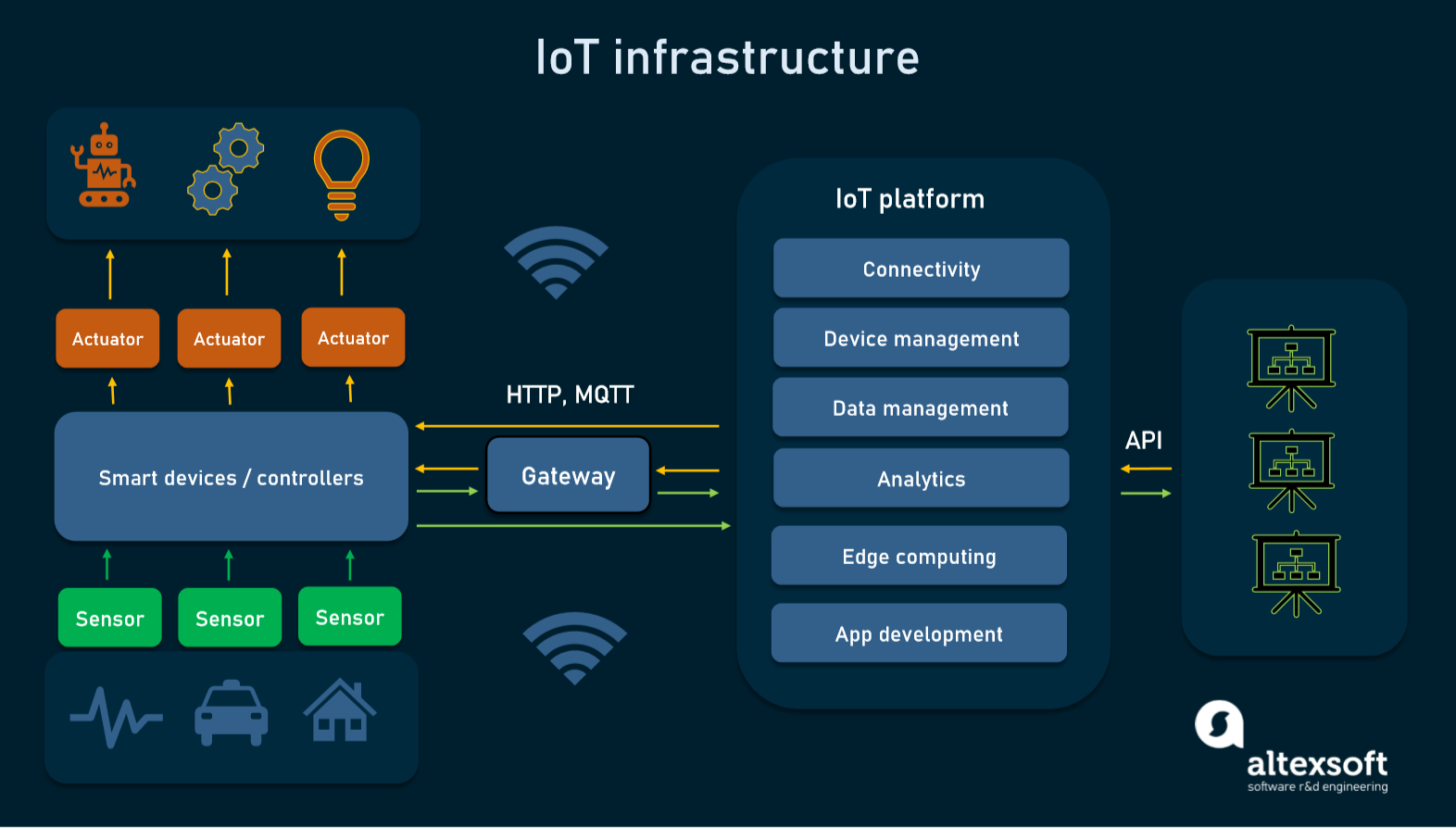
This is not the only negative aspect of the IoT, as a greater concern involves cybersecurity. The heterogeneity of the platform hinders the establishment of a common ground to be shared by all the systems. The coexistence of this huge number of devices translates into an advantage for consumers, offering a wide variety of options to choose from, and numerous contexts in which they can use IoT devices, but this is a big inconvenience for developers. Regarding the context in which they are used, the consumer segment is the one where more IoT units are installed, accounting for 63% of them. Nevertheless, the context in which IoT devices are present is not only limited to the smart home environment, as other fields such as eHealth or smart industries have their origin in the application of the IoT in certain scenarios.Īccording to a Gartner estimation, in 2018 there were more than 11 billion IoT devices installed, and an increase of almost twice this value is predicted for 2020, with 20.4 billion. Everyday technology users will find themselves using drones, smart TVs, smart speakers or simply sensors in their home to measure temperature.


IoT devices can be present anywhere, and we are using them without even noticing. The internet of things (IoT) offers such a wide range of options and features that it is not possible to narrow it down. Even though it might not seem that this non-specific concept can be applied in a scientific context, it turns out that it is completely accurate when used to describe the new paradigm existing in computer science. Among the different definitions of the term things, one of them describes it as “an object not specifically named or designated”.


 0 kommentar(er)
0 kommentar(er)
